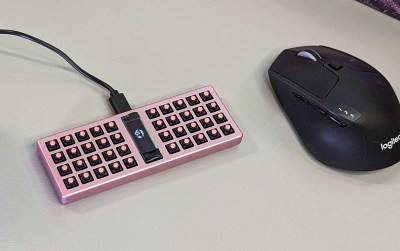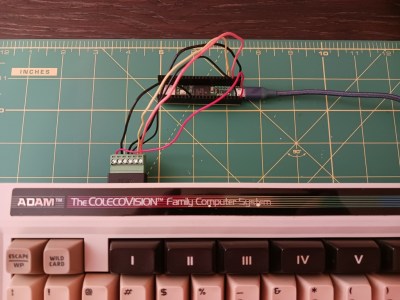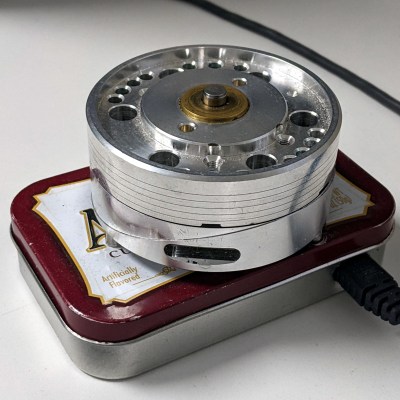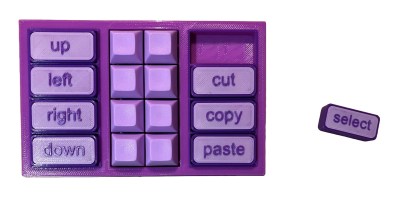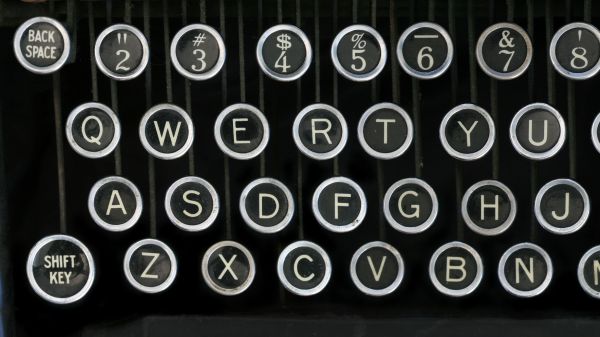It seems like mechanical keyboard enthusiasts are more spoiled for choice with each passing day. But as broad as the open source pool has become, there’s still no perfect keyboard for everyone. So, as people innovate toward their own personal endgame peripherals and make them open source, the pool just grows and grows.

Come for the lovely wooden everything, and stay for the in-depth logs as [Bo Yao] introduces the project and its roots, reviews various options for the controller, discusses the manufacture of the wooden parts, and creates the schematic for the 61-key version. Don’t want to build one yourself? It’ll be on Crowd Supply soon enough.
Continue reading “Keebin’ With Kristina: The One With All The LEGO”


